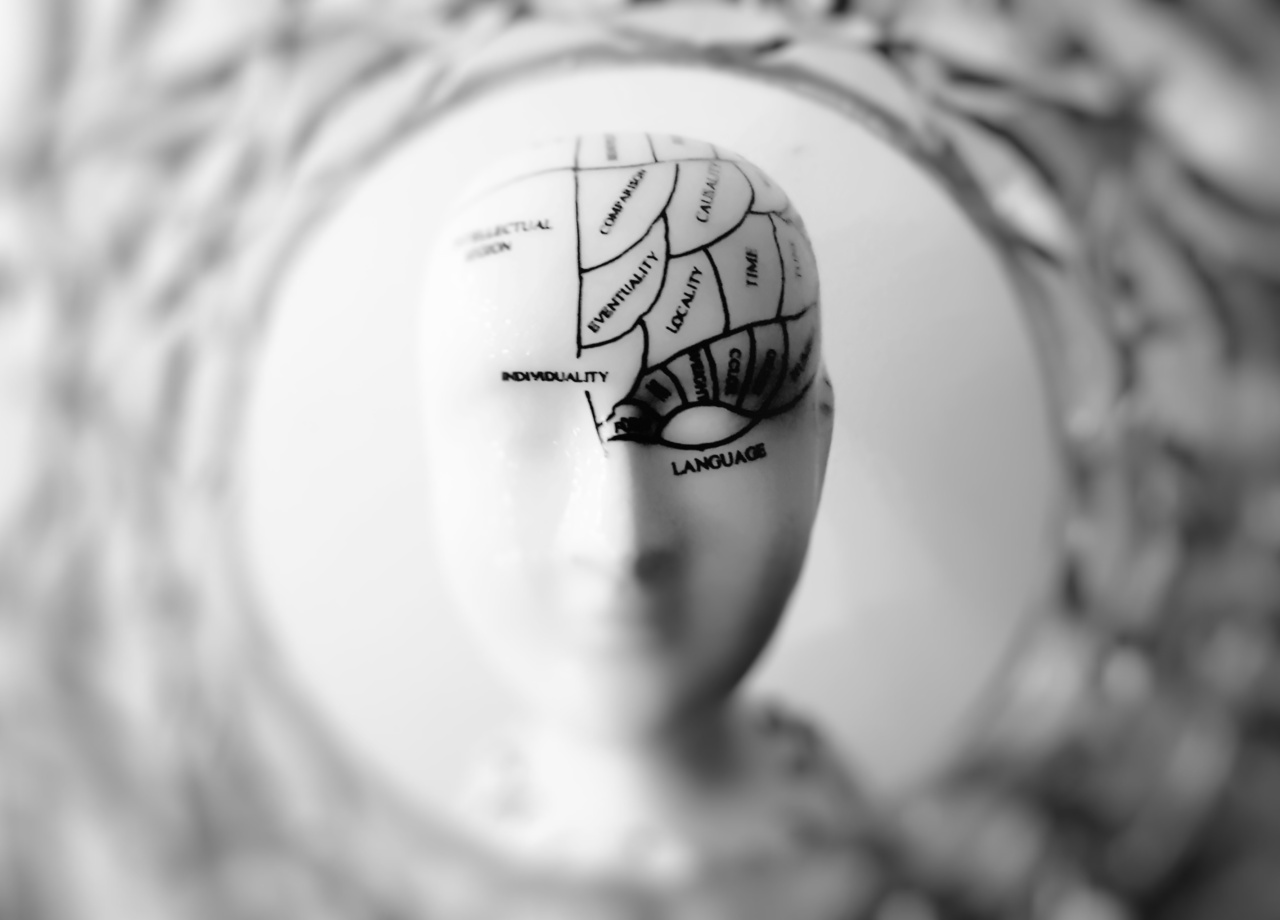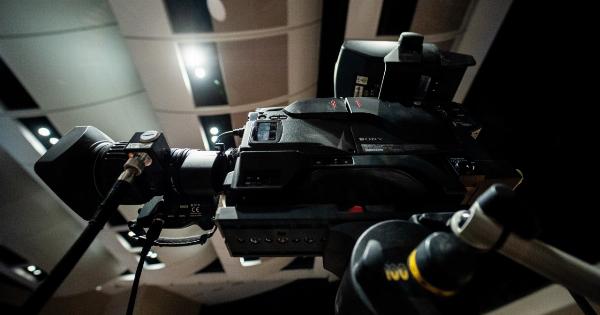Head and brain injuries are common in children, especially those who engage in high-risk activities, such as sports or other outdoor activities. Such injuries can lead to neurological deficits or even death.
Pediatric head and brain injuries require urgent medical attention, and effective treatments are needed to improve the prognosis of affected children.
What is Ketamine?
Ketamine is a dissociative anesthetic that was first synthesized in the 1960s. It is commonly used in veterinary medicine as a sedative and pain killer for animals.
In recent years, ketamine has gained popularity as a rapid-acting antidepressant and a treatment for chronic pain disorders. Ketamine has also been found to have neuroprotective effects, making it a promising treatment for head and brain injuries.
How Does Ketamine Work?
Ketamine acts on the N-methyl-D-aspartate (NMDA) receptor, a type of glutamate receptor that is widely expressed in the brain. Activation of the NMDA receptor is important for learning, memory, and other cognitive functions.
However, excessive activation of the NMDA receptor can lead to neuronal damage and death, particularly in conditions such as stroke, traumatic brain injury, and epilepsy.
Ketamine blocks the NMDA receptor and thereby reduces excessive glutamate signaling in the brain, which is thought to contribute to neuroprotection. Ketamine also has anti-inflammatory properties that may further protect the brain from injury.
In addition, ketamine increases the production of brain-derived neurotrophic factor (BDNF), a protein that promotes the growth and survival of neurons.
Ketamine for Pediatric Head and Brain Injuries
Ketamine has shown promise as a treatment for pediatric head and brain injuries. In animal studies, ketamine has been found to reduce brain damage and improve long-term neurologic outcomes following traumatic brain injury.
In a study of 20 children with severe traumatic brain injury, ketamine was found to improve cerebral blood flow and oxygenation, which are important factors in brain recovery.
Ketamine has also been studied as a treatment for pediatric status epilepticus, a life-threatening condition characterized by prolonged seizures.
In a retrospective study of 45 children with status epilepticus, ketamine was found to be effective in stopping seizures in 86% of cases.
Ketamine versus Traditional Anesthetics
Traditionally, pediatric head and brain injuries have been treated with intravenous anesthetics such as propofol, midazolam, and fentanyl.
However, these agents are associated with several drawbacks, including prolonged sedation, respiratory depression, and hemodynamic instability. Ketamine, on the other hand, has a rapid onset of action and short duration of effect, making it well suited for use in emergency situations.
Ketamine also has fewer respiratory depressant effects compared to other anesthetics, which is particularly important in children with head and brain injuries who may already have impaired respiratory function.
Additionally, ketamine has been shown to be less likely to cause hypotension compared to other anesthetics, making it a safer option for children with compromised cardiovascular systems due to their injuries.
Possible Side Effects of Ketamine
While ketamine has shown promise as a neuroprotective agent for pediatric head and brain injuries, it is important to note that it is not without side effects. The most common side effects of ketamine include nausea, vomiting, and hallucinations.
These side effects are generally mild and can be managed with medication.
Another potential side effect of ketamine is an increase in intracranial pressure.
While this is a concern, recent studies have suggested that ketamine may actually decrease intracranial pressure in patients with head injuries by improving cerebral blood flow.
Conclusion
Ketamine is a promising treatment for pediatric head and brain injuries. Its rapid onset of action, short duration, and neuroprotective properties make it an ideal option for emergency situations.
Ketamine has shown to have fewer respiratory and cardiovascular side effects compared to other anesthetics, and it has been found to improve cerebral blood flow and oxygenation. More research is needed to fully understand the benefits and potential side effects of ketamine in the treatment of pediatric head and brain injuries.


























